.45-70 vs .30-30: Which Lever-Action Cartridge is Best?
We live in an era where semi-automatic rifles are abundant, reliable, and affordable. They rule the market with fast-moving, hard-hitting, and oftentimes easy-to-suppress cartridges. With that in mind, why do we still buy lever-action rifles and cartridges like .30-30 and .45-70? Because this is America.
The .30-30, the .45-70, and lever-action rifles are all American. These guns are intrinsically linked to our history and even our culture. Sure, they seem a bit dated by modern standards, but no one will say they don’t work and don’t do what they’ve always done. Plus, shooting lever-action rifles is always a dopamine-releasing, tactile adventure.
That’s why these rounds and these guns persist. With that in mind, which cartridge should you choose? The .30-30 or the .45-70? Both are classic lever gun cartridges that are extremely capable and still keep up with the young bucks when it comes time to hunt. The two rounds have plenty in common.
Both use the old American method of naming cartridges. The first number designates the caliber, and the second number dictates the amount of powder the cartridge uses in grains. Both were born in the 1800s, albeit the .45-70 is the older cartridge by about 22 years. Compared to most cartridges, these guys are ancient.
Let’s dive into the history books of American cartridges and compare and contrast two icons.
The .45-70 History
.45-70 Cartridge
The .45-70 is perfect for hunting big and potentially dangerous game.
Since the .45-70 is a little older, he gets to go first. The .45-70 was developed in a post-Civil War world where metallic cartridges would become the new norm. The U.S. Army developed the .45-70 for their Springfield trapdoor rifles from 1873 to 1892. The .45-70 became a popular cartridge with various shooters.
This includes hunters and frontiersmen. As rifle technology continued to improve and develop, the .45-70 found its way into lever-action rifles. This was one of the first examples of a full-powered military cartridge finding its way into a repeating rifle. While single-shot .45- 70s exist and have continued to exist, the cartridge made lever guns its home.
The .45-70 started as a black powder cartridge but has slowly developed and improved. Modern .45-70 cartridges utilize smokeless powder and are faster and more powerful than ever before. It’s benefited dramatically from improved projectile design and modern powders.
.45-70 Best Deals
The .30-30 History
.30-30 Cartridge
The .30-30 has been used for medium-sized bears and even elk, but it’s better suited for deer, hog, and brush hunting in general.
The .30-30 was introduced in 1895 and designed by Winchester to complement their 1894 lever-action rifle. It also coincided with the popularity of smokeless powder, and the .30-30 was a smokeless cartridge using an early smokeless powder formula. It used 30 grains of smokeless powder backing a .30 caliber projectile.
For the era, this was a fast little cartridge that hit hard and dug in deep. It represents an early attempt to move from the big .45 and .50 caliber rounds to smaller but faster projectiles. The .30-30 landed at the right time with smokeless powder to become a dominant cartridge. Across North America, it became an extremely popular cartridge with hunters.
While never intended for military use, the two World Wars changed things. The little cartridge saw some use in domestic security during the wars. It’s remained an extremely popular short to medium-range hunting caliber. To this day, it remains a fantastic option for hunters.
.30-30 Best Deals
Examining the Ballistics
We have two relatively large cartridges that work quite well in lever guns. Both use flat projectiles that lack the spitzer point we see on modern cartridges. The rounded nature of these bullets does limit their overall range. Neither reaches a thousand yards.
The big, heavy .45-70 projectiles drop faster than the lighter .30-30 cartridges. The .45-70 will work best within two hundred yards. Historically, this has been a long-range round. Still, it’s important to know that mass fire from a platoon of soldiers is a good bit different than shooting a deer at 300 yards.
The .30-30 cartridge offers you about another hundred yards. At 300 yards, the .45-70 is dropping like a meteor. It’s dropped about two feet at 300 yards. The .30-30 has dropped a little more than a foot at 300 yards. You can aim at the top of a deer and be reasonably sure you will hit the heart and lungs.
When integrating the Hornady Leverevolution cartridges, both cartridges get the best range and flattest shooting design. These cartridges feature a quasi-Spitzer polymer tip that increases range and better ballistics. Even then, the .30-30 outclasses the .45-70 when it comes to overall range.
While the .30-30 goes further, the .45-70 hits harder. If we are in 200 yards, a 300-grain .45-70 is smacking the target with over 3,000 foot pounds of energy. It’s ripping through fat and muscle and breaking bones without a problem. A 160-grain cartridge hits the target at the same range with about 2,000 foot-pounds of energy.
The .30-30 hits with some serious force, but the .45-70 hits a lot harder. When selecting your cartridge, consider the range and power you need.
Accuracy
I must mention that accuracy is a bit more than your cartridge. You must factor in your rifle, ammo, and most importantly, your shooter. Neither of these calibers is what we’d consider sub-MOA, and I don’t know if anyone makes a sub-MOA lever-action rifle. From a user experience, the .30-30 will be easier to shoot accurately. Overall, there isn’t a major mechanical difference between the two cartridges.
Recoil
Let’s be honest; we all know the .45-70 hits your shoulder harder than the .30-30. It launches a bigger, heavier projectile and hits you with more force than the .45-70. Suppose we get all sciency with it; the .45-70 hits you with twice as much recoil as the .30-30. The .45-70 generates about 30 foot-pounds of recoil energy, whereas the .30-30 generates about 15 foot-pounds.
This varies by load, but it’s roughly what you expect. If you’re like me, numbers don’t tell the whole story. You need a comparative experience. For comparison, a .223 generates about six foot-pounds of recoil energy. A 12-gauge shotgun firing a slug at around 1,200 feet per second gives you about 15 foot-pounds of recoil energy.
Shooting the .45-70 can be somewhat jarring. A tube full will likely leave your shoulder bruised. It’s not for everyone, and recoil-sensitive shooters will be better served elsewhere. The .30-30 certainly presents a softer shooting alternative to the .45-70. However, it’s still throwing about the same recoil as a slug from a shotgun.
Rifles and Ammo
Both the .30-30 and .45-70 have rifles in production. The .30-30 tends to be easier to find, especially on the used market. There has been a slight .45-70 revival among lever gun enthusiasts, and with Marlin back to producing rifles, we’re seeing plenty of both calibers. Henry also makes a ton of awesome lever gun options in both calibers.
There are also several single-shot rifles on the market for both calibers. The .30-30 even has some older bolt-action options. If you’re getting into these cartridges, you’re likely aiming at a lever-action rifle, and you’ll be happy to know you have plenty of options with both.
In terms of ammo selection, the .30-30 has more options. It tends to be more popular amongst deer hunters, which has led to a wide variety of cartridges and loads being available. The .45-70 tends to focus more on big game hunting, whereas the .30-30 is used more for moderate game hunting.
Cost
When we discuss rifle cost, we have to break it down by rifle type. Lever-action rifles are more expensive, and there is a small gap in terms of rifle price between the .45-70 and .30-30. Getting a lever-action .45-70 for less than a grand is tough, but you can find .30-30 rifles for well under a grand if you shop around. In terms of single-shot rifles, the price can be fairly low and is typically identical.
In terms of ammo cost, the gap widens. You could call .30-30 cheap compared to some .45-70 rounds. Average prices of .45-70 are around two dollars a round, and the .30-30 can be found for less than $1.20 per round. It’s a lot easier to find .30-30 ammo and tends to be more popular and, therefore, cheaper.
Which Works Where
The .45-70 is perfect for hunting big and potentially dangerous game. If you need to be able to kill a bear or elk with one well-placed shot, the .45-70 is your go-to round. There isn’t any North American animal I’d feel undergunned shooting at with the .45-70.
The .30-30 has been used for medium-sized bears and even elk, but it’s better suited for deer, hog, and brush hunting in general. Both are real American cartridges with a fascinating legacy and a long history. If you want that lever-action experience in classic lever-action cartridges, you won’t be disappointed by the .45-70 or the .30-30.
Which all-American round would you choose?
Additional Accessories For Ammo
Ammo Belt Cartridge Shell Belt Holder | 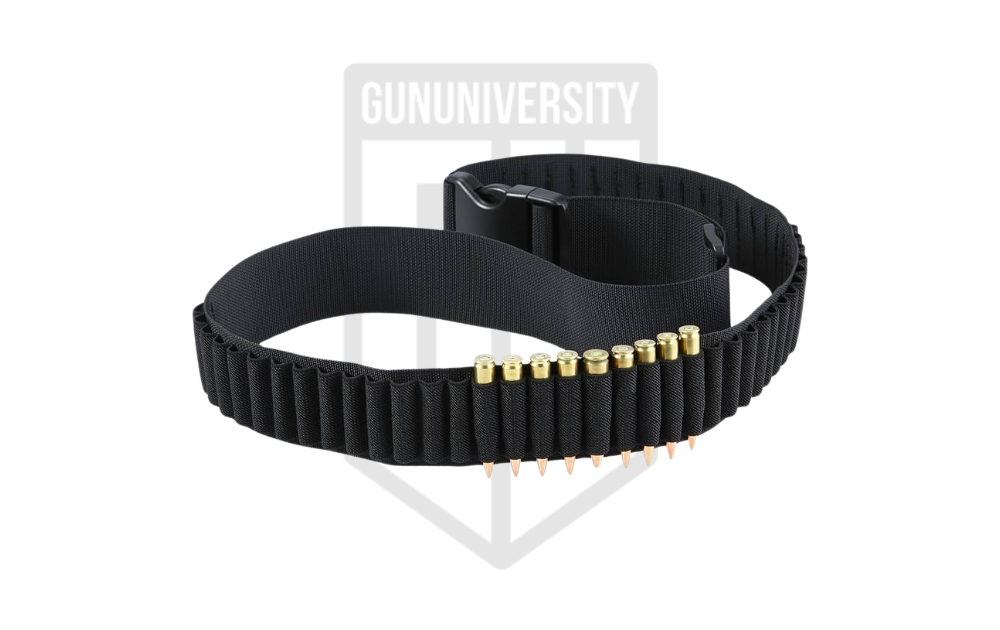 | See on Amazon |
Elastic Ammo Sleeve Shotgun Shell Holder Buttstock Rifle Cartridge Carrier | 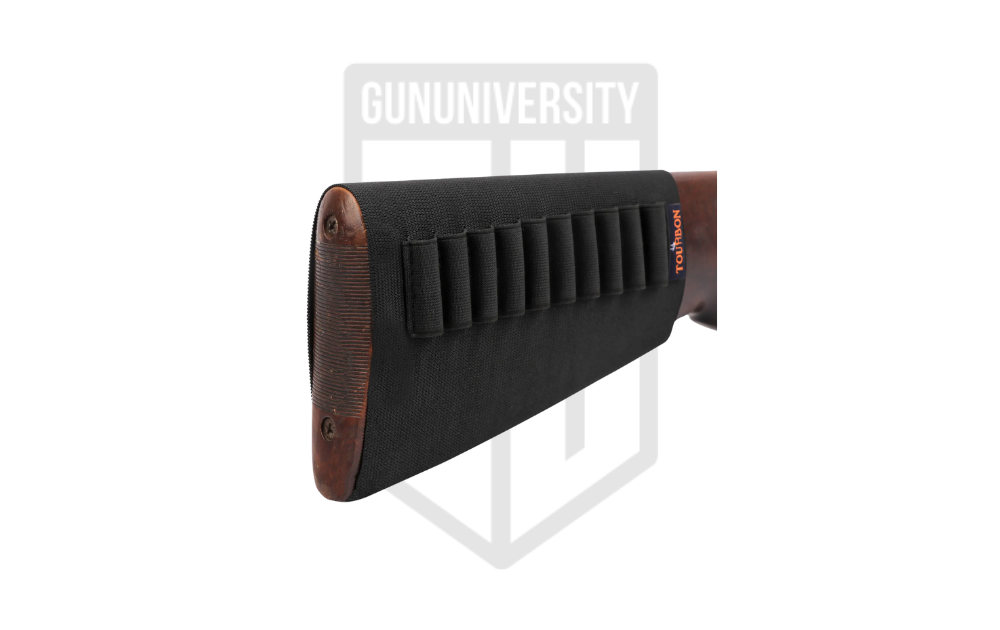 | See on Amazon |
Storage Box Lockable Metal Ammo Storage Box |  | See on Amazon |
Recent Posts
December 20, 2025
December 15, 2025
December 15, 2025
December 12, 2025

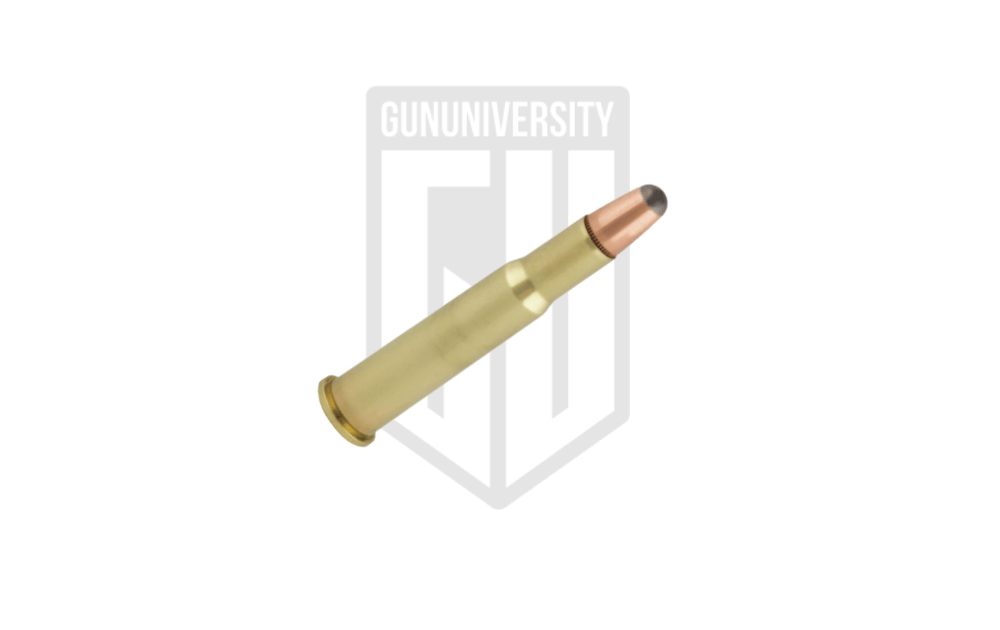
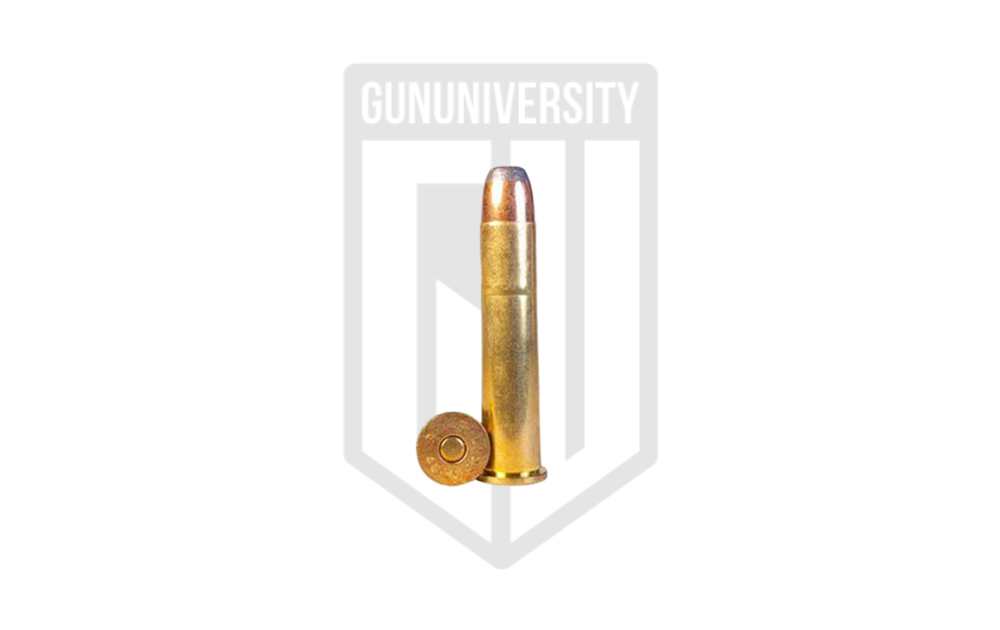

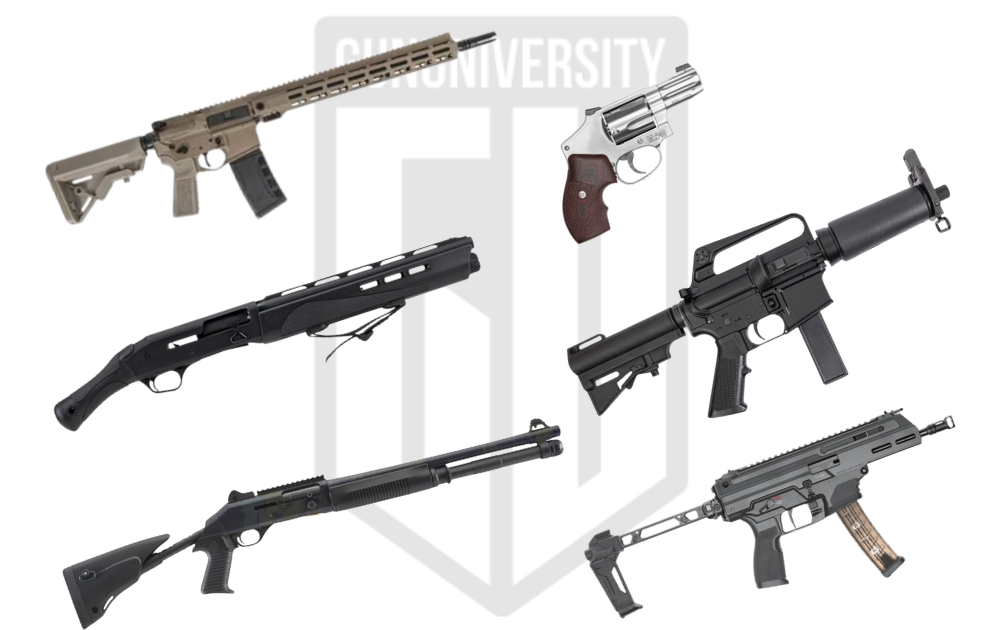
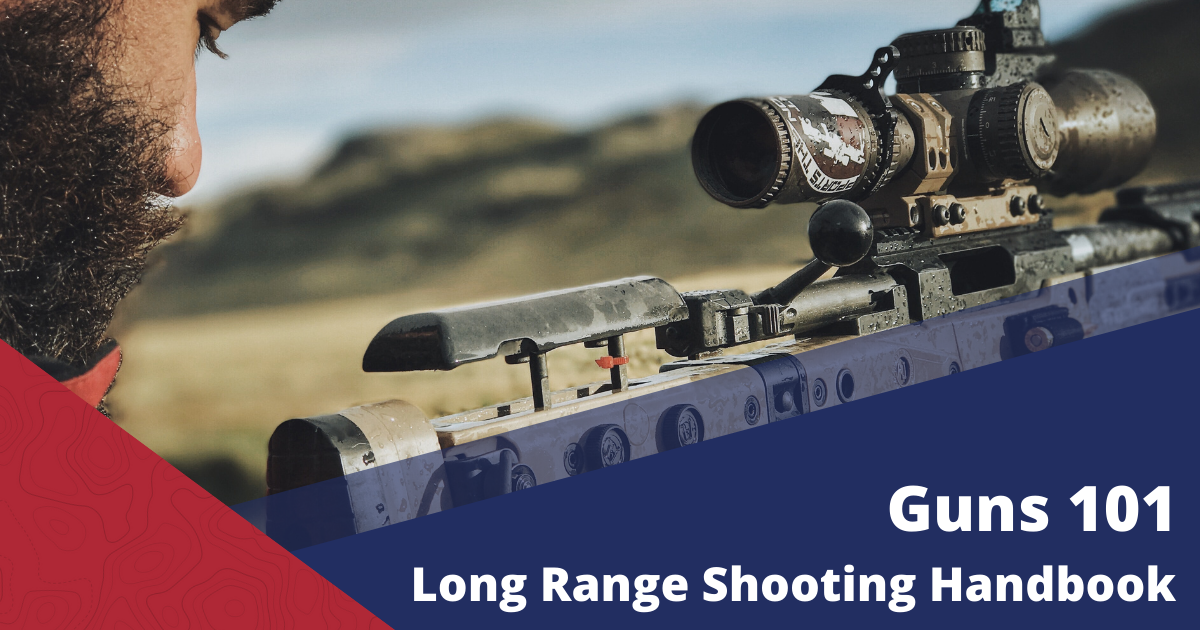
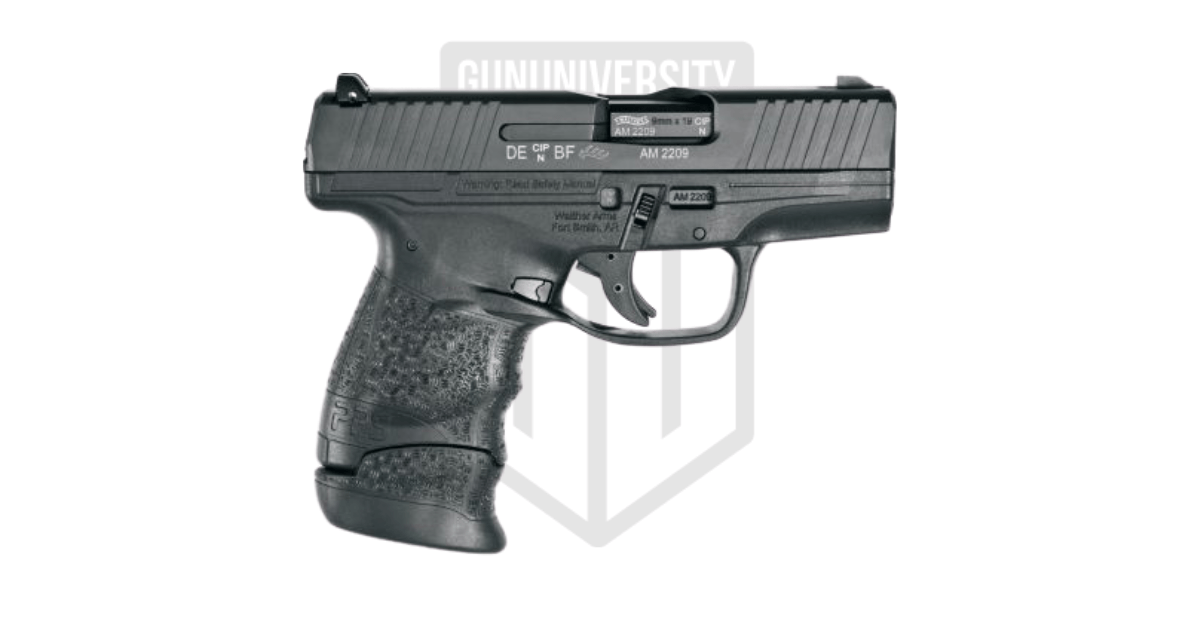
Regarding the both the .45-70 & 30-30: Simply put, time, technology, and quality move on. Today there are simple better rifle cartridges/bullets options available for accuracy, range, impact, penetration and results. If one is principally target shooting or hunting or both, there simply are better options available to todays shooters. Perhaps if a shooter had to use a lever action, hammer fire gun resembling something John Wayne may have shot, and was shooting hogs in the brush under 100 yds and a .45-70 was the only gun they had, why yes, it’s a great option. A similar statement could be made about the 30-30 and shooting watermelons on fence posts at 75 yds. However thats about the limits of where these two cartridges find utility and function today.